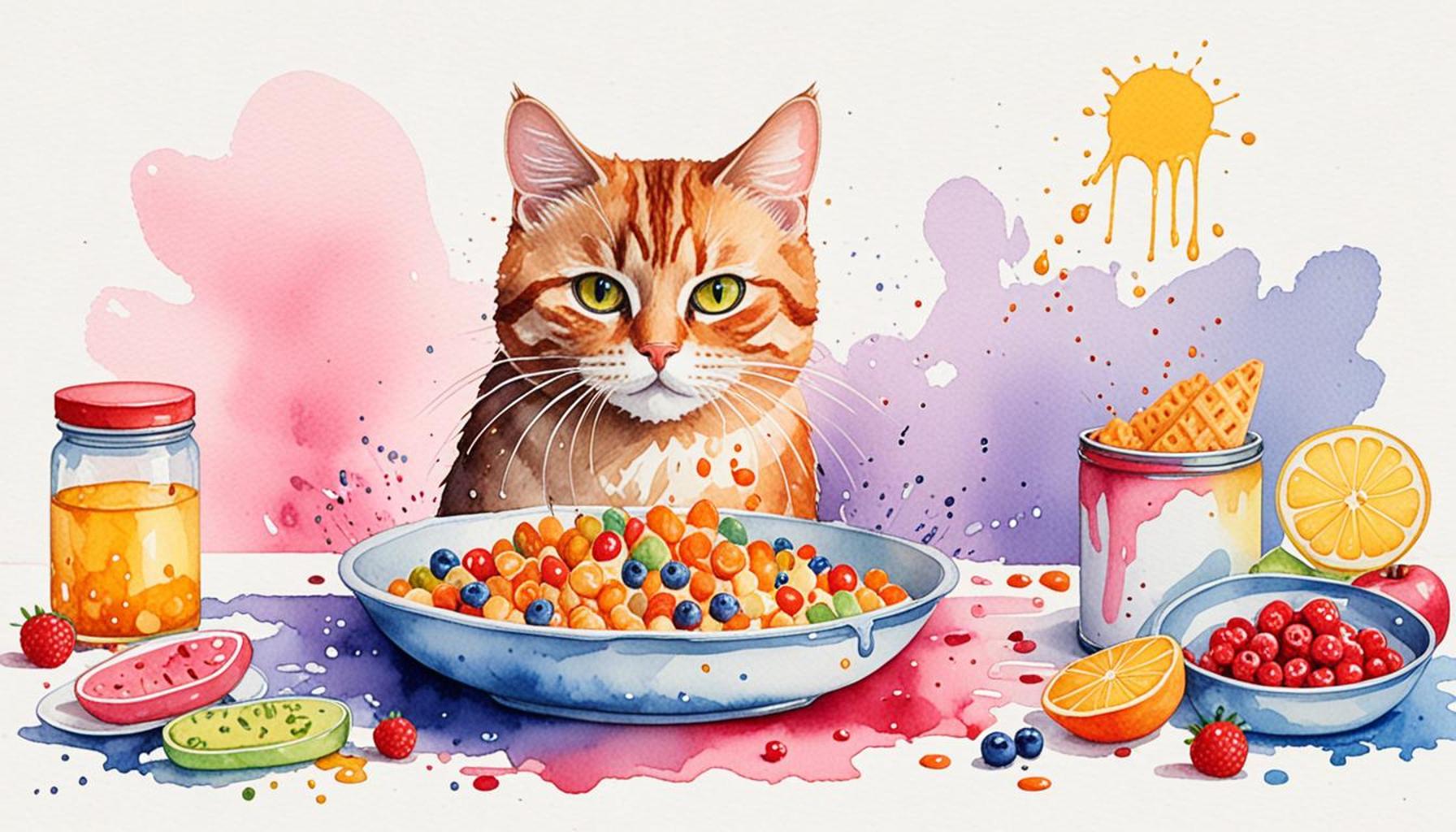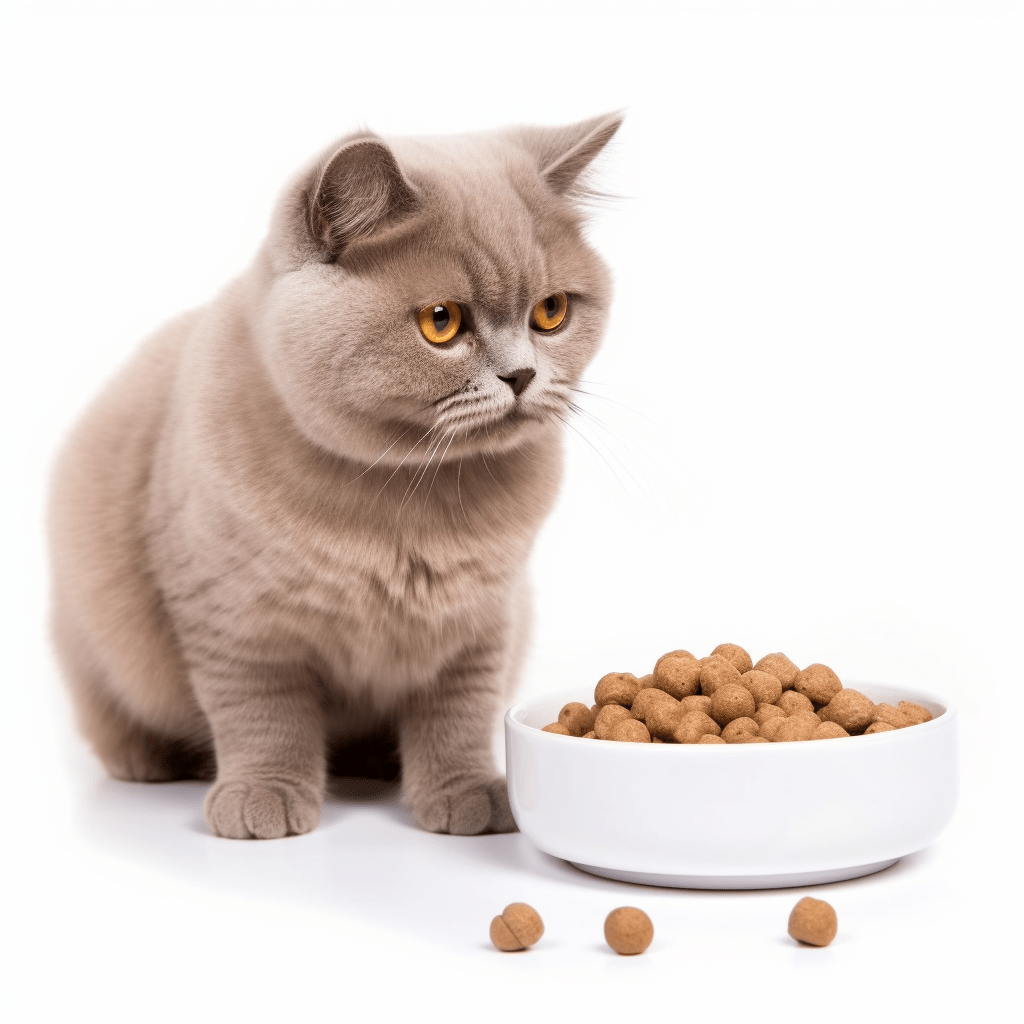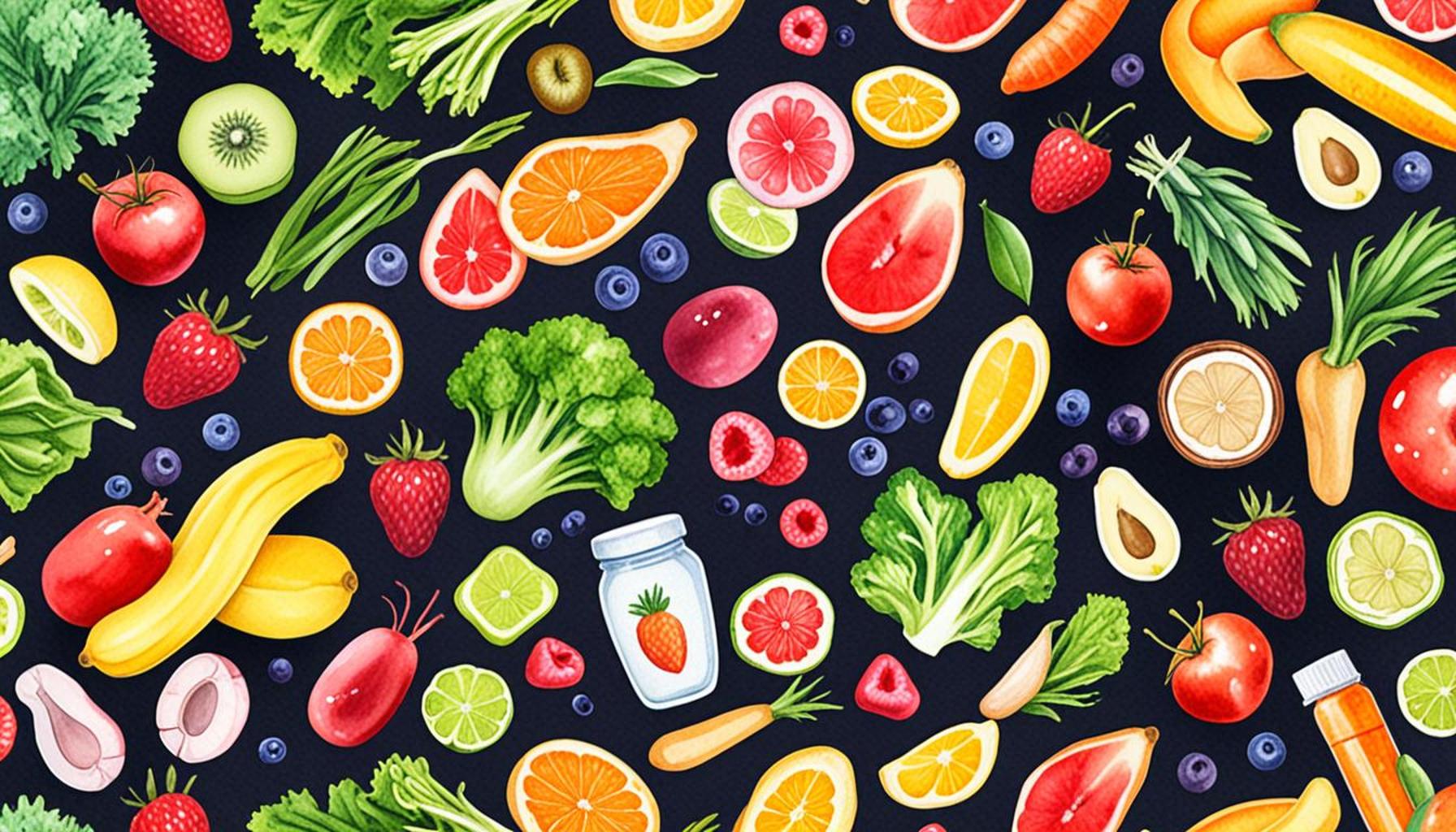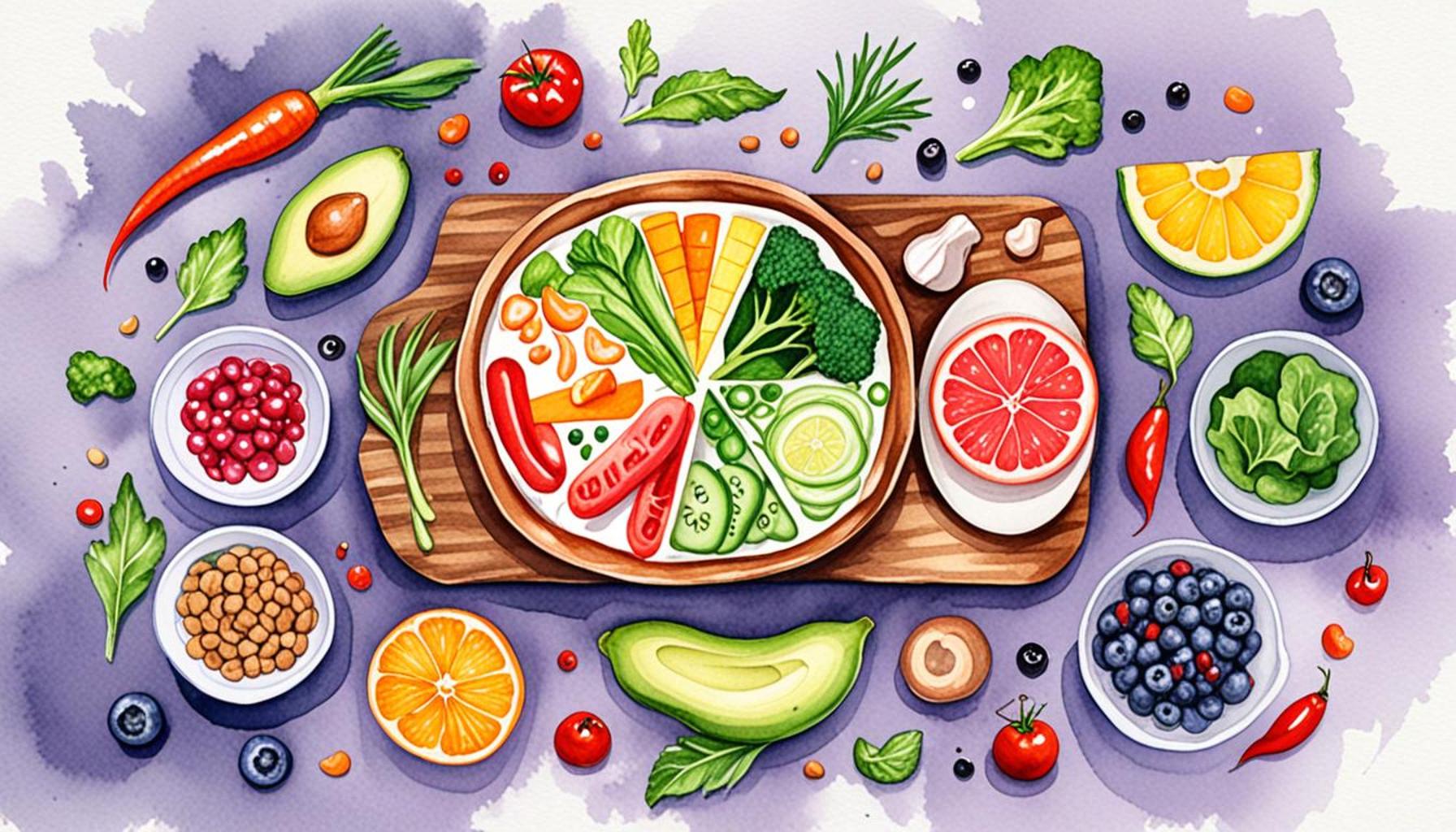The Benefits of Wet Food in a Cats Diet Essential Nutritional Guide

Understanding the Benefits of Wet Food for Your Cat
The diet of your feline companion plays a crucial role in their overall health and well-being. While dry kibble has been a staple for many owners, wet food is increasingly recognized for its myriad benefits. Understanding what wet food can offer is essential for making informed dietary choices for your cat.
One of the foremost advantages of wet food is its hydration properties. Hydration is vital for cats, as they often don’t drink enough water throughout the day, particularly if they primarily consume dry kibble. Cats are naturally evolved to get most of their moisture from their prey, and wet food mimics that natural diet closely. The moisture content in wet food typically ranges from 70% to 80%, providing a significant boost to your cat’s water intake and playing a crucial role in supporting renal health and proper kidney function.
Another appealing aspect of wet food is its palatability. Cats are known for their discerning tastes, and many will gravitate towards the aroma and texture of wet food over dry kibble. The soft, moist consistency can be particularly enticing for elderly cats or those with dental issues, encouraging them to eat more frequently and maintain a healthy weight.
Furthermore, the formulation of wet food can lead to improved nutrient absorption. The balance of proteins, fats, and carbohydrates found in quality wet foods is designed to optimize digestion and nutrient uptake. This can be crucial for cats with specific health issues, as certain nutrients can be better absorbed from a wet diet.

In addition to these benefits, including wet food in your cat’s diet can assist in weight management. The higher moisture content often makes cats feel fuller without significantly increasing their calorie intake, potentially leading to less overeating and a healthier weight overall.
For those wondering how to seamlessly incorporate wet food into their cat’s meals, it is beneficial to mix it with dry kibble or serve it as a standalone treat to introduce it gradually. When selecting wet food, look for products that list high-quality protein sources as the first ingredient and avoid those with excessive fillers or artificial additives.
Recognizing the importance of wet food could make a significant difference in your cat’s life, ensuring they enjoy a balanced and appealing diet that supports their health for years to come. With a wealth of options available in pet stores across the United States, exploring the right choices can not only enhance your cat’s dining experience but also their vitality and longevity.
SEE ALSO: Click here to read another article
Why Wet Food is a Smart Choice for Your Feline Friend
When it comes to deciding what goes into your cat’s bowl, understanding the unique composition of wet food can help you make a more informed choice. Beyond hydration, palatability, and nutrient absorption, wet food presents a range of additional benefits that can enhance your cat’s health and happiness. Let’s explore some of these advantages in greater detail.
Boosting Essential Nutrients
Wet food often contains a higher concentration of vital nutrients that are essential for your cat’s well-being. Cats are obligate carnivores, which means their diet must be rich in animal protein to thrive. Most premium wet foods emphasize a protein-rich formulation, often containing real meat or fish as the first ingredient. This focus on protein not only meets their natural dietary needs, but it also supports:
- Muscle Growth: High-quality protein is essential for maintaining muscle mass and strength.
- Immune System Function: Nutrients like taurine, found in animal tissues, play a critical role in overall immunity.
- Healthy Skin and Coat: Essential fatty acids present in wet food aid in maintaining a shiny coat and healthy skin.
Encouragement of Natural Eating Behaviors
Wet food can help mimic the natural hunting and feeding patterns of cats, encouraging them to eat in a way that feels instinctually right for them. By incorporating wet food into their diet, you may find that your feline friend engages in more natural eating behaviors, such as:
- Pacing While Eating: The moist texture can slow down the eating process, promoting mindful consumption.
- Enhanced Chewing: While less prominent than dry kibble, the texture of wet food still stimulates chewing, which is helpful for oral health.
Supporting Digestive Health
Another often-overlooked aspect of wet food is its relationship with digestive health. A high-moisture diet can assist in preventing several gastrointestinal issues, including:
- Constipation: Increased fluid intake helps maintain regular bowel movements.
- Urinary Tract Health: Higher fluid consumption is linked to a lower risk of urinary crystals and stones, a common problem in cats.
By prioritizing hydration and nutrient-rich wet food options, you not only support your cat’s digestion but also enhance their quality of life.
As pet owners begin to appreciate the importance of quality nutrition, the choice between wet and dry food is worth thoughtful consideration. In the next sections, we will delve deeper into the various types of wet food available, tips for transitioning your cat to a wet food diet, and how to read labels for nutritional value. Making informed decisions about your cat’s diet can pave the way for a longer, healthier life for your beloved companion.
| Advantage | Details |
|---|---|
| Hydration | Wet food contains a higher moisture content, which aids in keeping your cat hydrated, especially if they are reluctant to drink water. |
| Palatability | Cats often find wet food tastier due to its rich flavor and texture, which can encourage them to eat more and maintain a healthy weight. |
| Digestibility | Wet cat foods are typically easier to digest, providing essential nutrients more efficiently than dry kibble. |
| Weight Management | With fewer calories than dry food, wet food can help manage your cat’s weight, reducing the risk of obesity-related health issues. |
The **Benefits of Wet Food in a Cats Diet** can’t be overstated; considering these key factors could lead to a healthier and happier feline companion. Not only does wet food serve as a source of hydration and encourage better eating habits, but it also plays a vital role in digestibility and weight management. These elements are crucial for your cat’s overall well-being, making wet food an essential part of a balanced diet. By understanding these advantages, cat owners can make knowledgeable decisions to enhance their beloved pets’ nutritional intake and quality of life.
CHECK OUT: Click here to explore more
The Role of Wet Food in Weight Management
Weight management can be a significant concern for many cat owners. Obesity is a rising epidemic among domesticated cats in the United States, which can lead to numerous health issues, including diabetes, joint problems, and heart disease. Interestingly, wet food can play a pivotal role in maintaining a healthy weight. The high water content helps keep cats satiated without adding excessive calories, making it more challenging for them to overeat. This can be particularly beneficial for those cats who are prone to weight gain.
Low-Calorie Options Without Sacrificing Taste
It’s important to note that not all wet foods are created equal. Many brands offer a range of low-calorie options that still pack a flavorful punch. By choosing these options, pet owners can provide their cats with a satisfying meal while controlling calorie intake. For instance, LED (low energy density) diets can contribute to weight loss while providing essential nutrients.
Hydration and Satiety: A Winning Combination
The water content in wet food not only aids in hydration but also helps with feelings of fullness. This means that cats can feel more satisfied with smaller portions compared to dry food, which is calorie-dense. Incorporating wet food into a cat’s diet can help to reduce snacking on high-calorie treats, ultimately promoting better weight management.
Addressing Common Health Issues
Wet food can also serve as a preventive measure against certain health issues that are common among cats. For example, as discussed earlier, hydration is key for urinary tract health. Not only does wet food provide essential moisture, but many formulations include ingredients that promote urinary health, such as cranberries, which are known for their ability to prevent urinary tract infections.
Supporting Kidney Function
Moreover, wet food can be especially beneficial for older cats or those with renal (kidney) diseases. As cats age, their kidney function often diminishes, and a high-moisture diet can aid in supporting kidney health. The increased water intake helps to dilute urine and may reduce the risk of kidney-related issues.
Gut Health and Prebiotics
Another noteworthy feature of many high-quality wet foods is the inclusion of prebiotics and probiotics. These beneficial bacteria and fibers help promote healthy digestion and support a balanced gut microbiome. Proper gut health is crucial, as it not only affects digestion but also plays a role in immune function and overall vitality.
Convenience and Meal Variety
For busy pet owners, the convenience of wet food is another perk. Various flavors and textures are available, making it easy to keep mealtime interesting. The versatility of wet food means it can be served as a main meal or as an enticing topper for dry kibble, enhancing the overall eating experience for picky eaters.
As you delve into the options on the market, it is essential to read labels carefully and select products that prioritize natural ingredients, meet nutritional adequacy guidelines, and suit your cat’s specific health needs. With the countless advantages offered by wet food, exploring its beneficial impact on your cat’s diet is a worthwhile endeavor that promises a happier, healthier feline companion.
CHECK OUT: Click here to explore more
Conclusion
In summary, incorporating wet food into your cat’s diet can yield numerous health benefits, addressing a range of dietary needs while enhancing the overall eating experience. This essential nutritional guide highlights the significance of moisture content in supporting hydration, promoting satiety, and managing weight, which is especially crucial given the rising prevalence of feline obesity in America.
Moreover, choosing high-quality wet food prepared with natural ingredients can significantly impact your cat’s health, from urinary tract support to maintaining kidney function in older cats. The addition of prebiotics and probiotics in many formulations empowers digestive health, reflecting the interconnected nature of nutrition and overall well-being.
As pet owners consider the options available, acknowledging the versatility and convenience of wet food is essential. Various flavors and textures can not only cater to picky eaters but also provide a satisfying dining experience that sparks their interest in mealtime. Ultimately, selecting the right wet food can contribute to a vibrant and healthy life for your feline companion.
By staying informed and making thoughtful choices, cat owners can ensure they are providing a balanced diet tailored to their pets’ specific health needs. The journey towards understanding the benefits of wet food is not merely a dietary choice; it offers a pathway to fostering a longer, healthier, and more fulfilling life for your cat.



